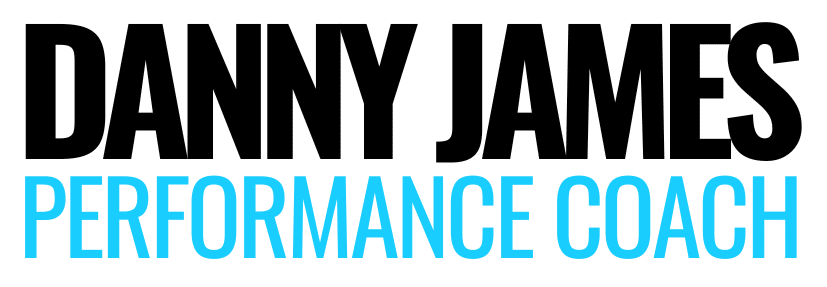Here’s an interesting follow-up to last weeks post on training to failure. So far we’ve covered sets to fail versus proximity from failure and what that means for fatigue. What we haven’t explored yet are the effects under different loads.
Recap
Vieira, et al (2019) (1.) found that lifting to failure vs almost failure is equally effective for increasing strength in trained subjects. But, training to failure accumulates more fatigue.
These findings have been consistent across previous research however, what we should add is that this effect is specific to the load and rep ranges used.
Sets to Fail With Light vs. Heavy Loads
For example, data from a 2011 study (2.) showed that when training with heavy loads to failure, fatigue is higher than when not training to failure.
However, it’s also higher when training with light-moderate loads (10-12RM) and leaving 2 reps in reserve.
In fact, training with heavier loads (5RM) to failure caused the same or less fatigue than training with light to moderate loads for higher rep ranges with reps to spare. So, the benefits of leaving 2 reps in the tank are void if using a 10-12RM load rather than a 5RM load.
That study looked at mechanical and metabolic markers of fatigue through a variety of rep ranges. Very interesting stuff.
Ultimately, regardless of the load used, sets need to be taken to close proximity within failure. A more recent study (3.) explored the effects of low and high load training to failure and without failure. They concluded:
”When training with low loads, training with a high level of effort seems to have greater importance than total training volume in the accretion of muscle mass.”
”…For high load training, muscle failure does not promote any additional benefits. Consistent with previous research, muscle strength gains are superior when using heavier loads.”
Takeaways
For my beloved coaching clients reading, this is why:
- We never really take sets to fail on volume blocks.
- Strength loss is greater after each set and workout with higher reps.
- Although heavy, five repetitions and under feels like a dream, while ten reps or more leaves you questioning why you do it. Often for days after.
- Effort level is important. Sets need to be taken to close proximity of failure.
For everybody else, this is one reason why getting your programming handled by a professional who is up to speed with the research can save you years of frustration. This game is up to the neck in nuance.
References
- Resistance training with repetition to failure or not on muscle strength and perceptual responses. Vieira, et al. 2019
- Velocity loss as an indicator of neuromuscular fatigue during resistance training. Sanchez-Medina, L., & Gonzales-Badillo, J.J. 2011.
- Muscle failure promotes greater muscle hypertrophy in low-load but not in high-load resistance training. Lasevicius, et al 2019
Related
- Training to Failure is Training to Fail
- Should We Train to Failure or a Relative Intensity?
- How to Ruin Your Monday
- Squats, Muscle Damage, and Recovery
- Analysis of Push-Up Variations and Load
- Bins and Needles, and Light Weights for Fat Loss
- Returning to Training After a Break








[…] Related: When Best to Fail […]
[…] Related: When Best to Fail […]
[…] When Best to Fail […]
[…] you want more of a high-rep strength endurance effect, pick an easier variant and rep it out into the […]
[…] When Best To Fail […]
[…] When Best To Fail […]
[…] When Best to Fail […]
[…] lighter didn’t mean that the effort was low. Sets were still pushed to near failure at higher rep ranges. Which, as new research has shown, enhances fiber recruitment when using low […]
[…] took both lifts to fatigue, with a total lifting time of 27.7+5.6s for the squat and 92.8+58.2s for the […]
[…] curling movements aimed at hamstring muscle growth, moderate to high reps work best with sets of 10-20 […]